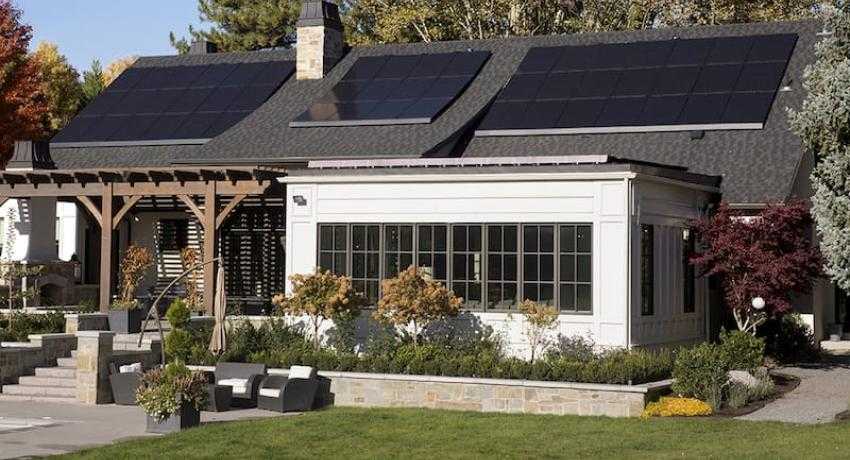Vivint offers the security of residential solar financing
Vivint, which has roots in home security services, entered the residential solar market with its Vivint Solar arm and a $75 million tax equity fund through US Bancorp (NYSE: USB).
The company offers a portfolio of services, including home energy management and automation. With this offering it’s targeting electric bill savings of roughly 20 percent a month through 20 year power-purchase agreements (PPAs).
Vivint Solar joins the growing number of companies that offer no to low upfront financing for residential solar installations. However, unlike most of the companies offering such services, it launched in New Jersey and is now making PPAs available in its home-state of Utah, as well as in Hawaii and New York.
The company chose to launch in New Jersey because of its size and market-based approach to solar, said Vivint Solar President Tanguy Serra.
“We like the way the [Solar Renewable Energy Credit] works because it’s a market-based approach. It’s not a state subsidy,” he said. “We also like that power prices were in the teens.”
The average cost of electricity, including transmission and other costs is roughly 18 cents per kilowatt hour (kW/h) in New Jersey.
“We could provide a killer service because power prices were in the teens,” said Serra.
The company’s also excited about rolling out in Hawaii, according to Serra.
“In Hawaii, prices are in the 20s,” he said. Under the pricing structure there, Vivint can offer homeowners a better deal on electricity without incentives, he said.
The PPAs have no upfront costs, Serra said. The systems are designed to provide roughly 80 percent of the homeowner’s overall electricity use, so homeowners aren’t net exporters.
“We give them about a 20 percent price reduction,” he said. In New Jersey, for instance, Vivint is offering solar arrays at 13.5 cents kW/h, a savings of $20 to $30 per month from the first month, he said.
Utah’s a bit more challenging, since electricity prices cost about 8 cents per kW/h.
“It works OK but not great. One of our goals here is if you can make it work at 8 cents in Utah, you can make it anywhere in the world,” Serra said.
While it’s in the works, at this point the solar systems and other services aren’t interconnected under one service. Homeowners can track their system’s production via the Internet, but not on the same portal as they can monitor their home automation systems, Serra said.
“We’re expanding as fast as we can, but want to do a great job in every market,” Serra said.
Image courtesy of Vivint Solar.




